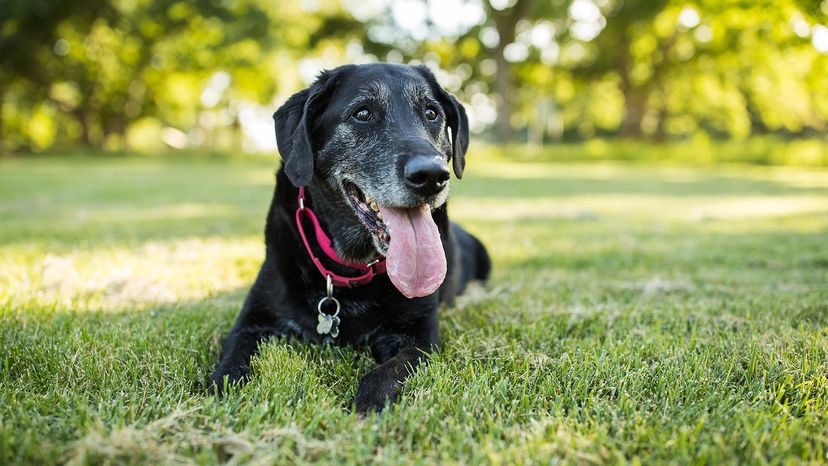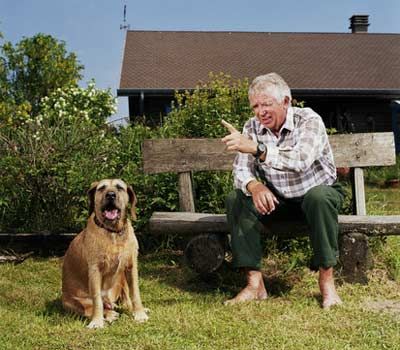
Knowing how old your dog is can be very important to your pet's health care. Puppies have different needs than adolescent canines, which have different needs than middle aged and older dogs. Dogs age must faster than humans do, and with old age comes increased health problems and risks. If you don't know your dog's age, you can't take care of it properly. Here are a few tips to help you tell how old your dog is:
- Look at your dog's teeth The best way to guess your dog's age is from the condition of its teeth. Puppies get all their baby teeth in by the time they're about 8 weeks old, and permanent teeth won't start to show up until they're around 3½ months old. All permanent teeth will be in by the time a dog is about 7 months old. These will stay clean and white until the dog's a year old. Up until 3 years old, the teeth will show some dullness and tartar build-up will begin only in the back teeth. From 3 to 5 years of age, all the teeth will show tartar build-up and wear. After your dog is 5 years old, the teeth will look very worn and possibly diseased [source: HSUS].
- Examine the eyes Older dogs' eyes sometimes develop a hardening of the lens protein and appear cloudy. This condition usually doesn't affect their sight, but does indicate that you should bring your friend to the vet [source: PetMD].
- Check the fur coloring Some dogs begin to gray when they're about 7 to 10 years old. The muzzle usually turns the grayest [source: PetMD].
- Pay attention to your dog's hearing If you start to notice that your dog seems to be turning more aggressive or isn't following commands, have its hearing checked. As dogs age they often lose some of their hearing. The dog that seems to be aggressive simply can't hear people approaching and is startled, and the dog that no longer follows commands simply doesn't hear them [source: AKC].
The American Kennel Club has a chart listing your dog's age in human years depending on its size. Smaller dogs tend to live longer than large dogs.
Advertisement


